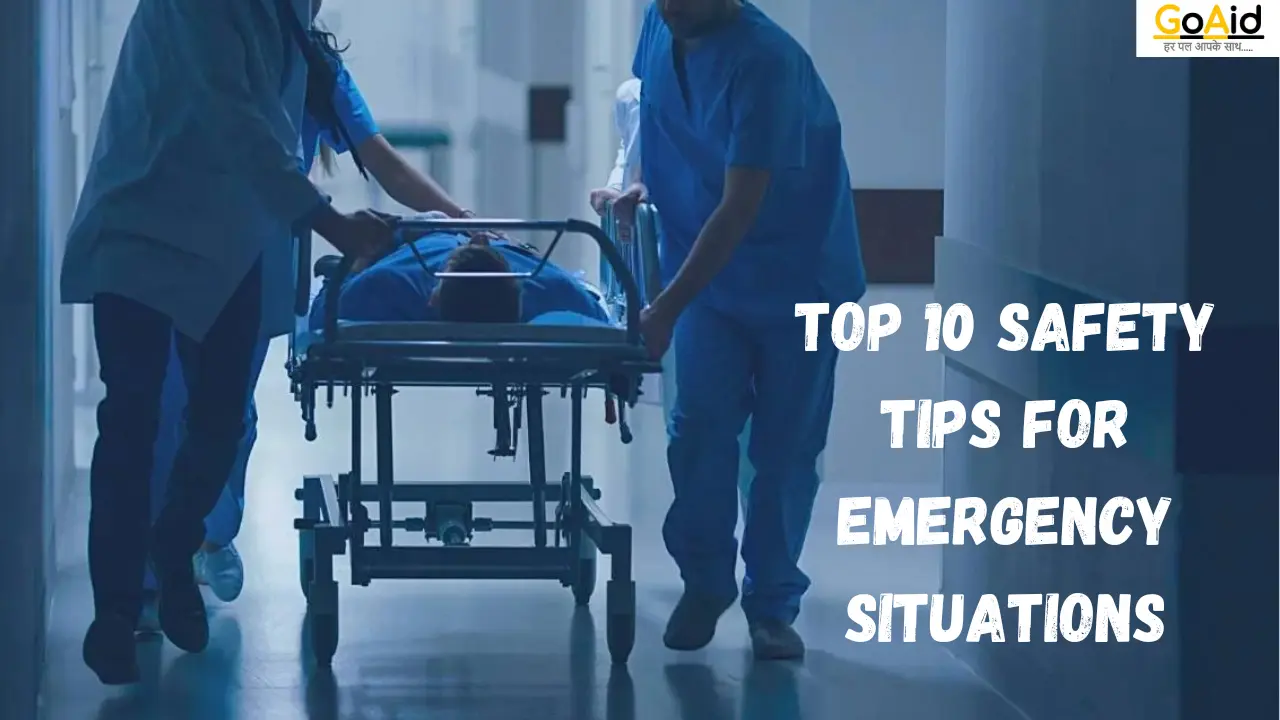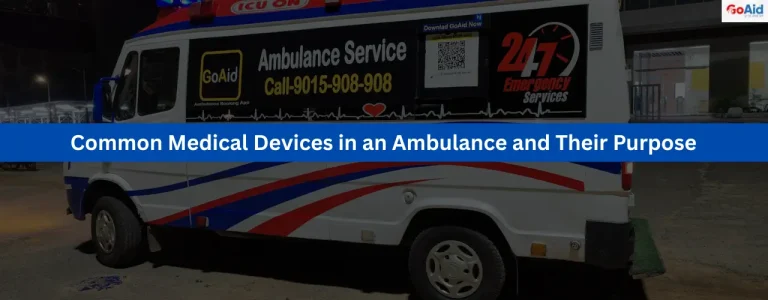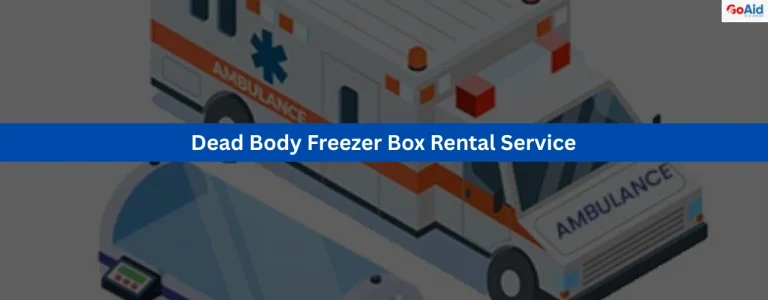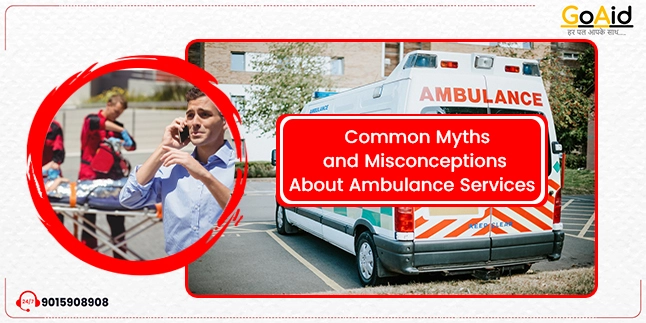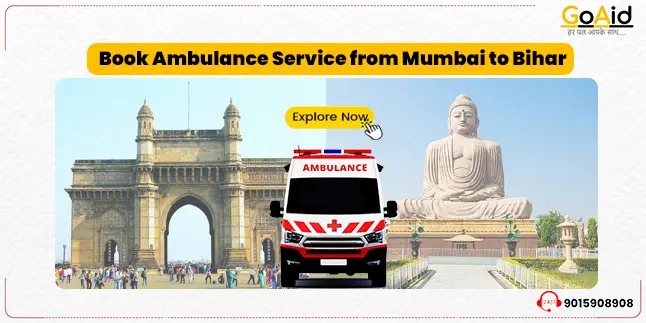In any part of the world, if you are living your life peacefully, doesnŌĆÖt mean you wonŌĆÖt face the emergency. This is why, itŌĆÖs crucial for everyone to know how to behave in emergencies, but before that, we need to know what Emergency Situations Are.
This is why, in this blog, we have added comprehensive details about emergencies and also have mentioned about ŌĆśTop 10 Safety Tips for Emergency Situations ŌĆÖ. If you are also here to know about the Top 10 Safety Tips for Emergency Situations, then read this blog to the very end.
So, letŌĆÖs start-
What are Emergency Situations?
Emergency condition refers to some of the unexpected events or circumstances that pose an immediate threat to life, health, property, or the environment, requiring prompt action to mitigate the danger.
These incidents can range from natural disasters like earthquakes, floods, or wildfires, to man-made crises such as industrial accidents, terrorist attacks, or medical emergencies. Emergencies can strike suddenly and without warning, disrupting normal routines and causing chaos.
Being prepared for such situations involves understanding potential risks, having a plan in place, and knowing how to respond effectively to ensure personal safety and minimize harm to oneself and others.
Different Types of Emergency Situations

These are some of the most common types of emergencies:
- Natural Disasters: These include earthquakes, hurricanes, tornadoes, floods, wildfires, tsunamis, and volcanic eruptions.
- Medical Emergencies: Health crises like heart attacks, strokes, severe allergic reactions, and accidents requiring immediate medical attention fall under this category.
- Industrial Accidents: Mishaps in factories, chemical spills, explosions, or structural collapses can lead to emergencies that require evacuation and specialized response teams.
- Terrorist Attacks: Acts of terrorism such as bombings, shootings, or chemical attacks can cause mass casualties and chaos, necessitating coordinated emergency responses.
- Transportation Accidents: Plane crashes, train derailments, car accidents, or maritime incidents can result in large-scale emergencies requiring search and rescue operations.
- Public Health Crises: Outbreaks of infectious diseases, pandemics, or bioterrorism incidents pose significant threats to public safety and require coordinated responses from healthcare and government agencies.
- Environmental Emergencies: Pollution incidents, hazardous material spills, or ecological disasters like oil spills can have widespread environmental impacts and require specialized cleanup efforts.
- Cybersecurity Breaches: Cyberattacks targeting critical infrastructure, financial systems, or government institutions can disrupt services, compromise data, and lead to emergency situations.
- Civil Unrest: Riots, protests, or civil disturbances can escalate into emergencies, requiring law enforcement intervention and measures to restore order.
- Power Outages: Blackouts caused by storms, equipment failures, or cyberattacks can disrupt essential services, communication networks, and transportation systems, leading to emergencies that require rapid restoration of power and support services.
How to Become Safe in an Emergency Situation
In emergencies, remaining calm is important. Having a well-thought-out plan and staying informed through reliable sources are essential. If evacuation is required, follow designated routes with all your mind.
Seek shelter in hard structures during natural disasters and assist others whenever possible. Effective communication with emergency responders ensures coordinated efforts. Practice preparedness regularly to cultivate the necessary skills for swift and safe responses to any crisis.
Top 10 safety Tips for Emergency Situation – Top 10 tips to behave in Emergency Situation
These are the Top 10 Safety Tips for Emergency Situations:
- Remain Calm and Assess: In any emergency, staying calm is crucial. Take a moment to assess the situation and identify potential dangers before taking action.
- Follow Emergency Plans: If you have an emergency plan in place, follow it promptly. This may involve evacuation procedures, designated meeting points, or emergency contacts.
- Stay Informed: Keep updated with relevant information through emergency broadcasts, official websites, or local authorities. Knowing what’s happening can guide your actions effectively.
- Have an Emergency Kit: Prepare an emergency kit with essentials like water, non-perishable food, first aid supplies, flashlights, batteries, and important documents. Keep it easily accessible in case of evacuation.
- Communicate Clearly: If possible, communicate your situation to emergency services or trusted contacts. Provide clear and concise information about your location, any injuries, and the assistance needed.
- Evacuate Safely: If evacuation is necessary, leave immediately and follow designated routes. Avoid elevators during fires or earthquakes and use stairs instead. Assist those who may need help, but prioritize your safety.
- Seek Shelter: In certain emergencies like severe weather or chemical spills, finding shelter may be safer than evacuation. Stay indoors in sturdy buildings, away from windows, and seal any gaps to prevent hazardous substances from entering.
- Know Basic First Aid: Basic first aid knowledge can be invaluable in emergencies. Learn CPR, how to stop bleeding, treat burns, and administer basic medical care until professional help arrives.
- Stay Warm and Hydrated: In situations where help may not arrive immediately, stay warm by layering clothing and seeking shelter from wind or rain. Stay hydrated by rationing water and avoiding excessive exertion.
- Help Others: Whenever possible, assist those in need, but only if it doesn’t compromise your safety. Comfort others, especially children or the elderly, and work together to ensure everyone’s well-being.
Conclusion
In conclusion, we have provided you with the essential guidelines for navigating emergencies, we aim to equip you with the knowledge and tools necessary to safeguard yourself and others during times of crisis. By embracing these top 10 safety tipsŌĆöfrom staying calm to assisting others and staying informedŌĆöyou can enhance your readiness and resilience in the face of adversity.
Remember, preparedness is a proactive choice, and practicing these measures can make a significant difference when it matters most. Should you have any questions or insights to share, we welcome your feedback in the comment section below. Stay safe, stay prepared, and prioritize your well-being always.

